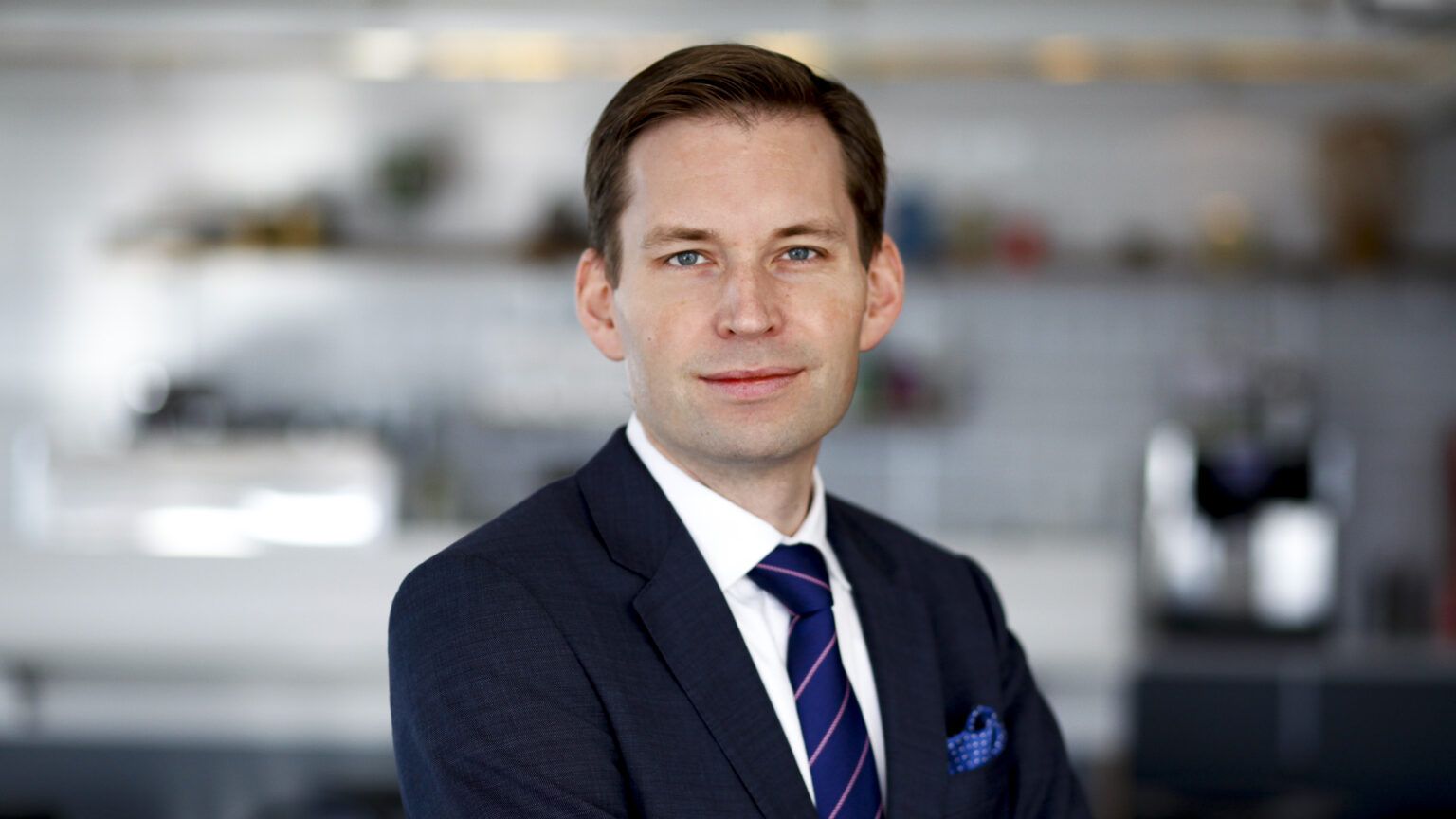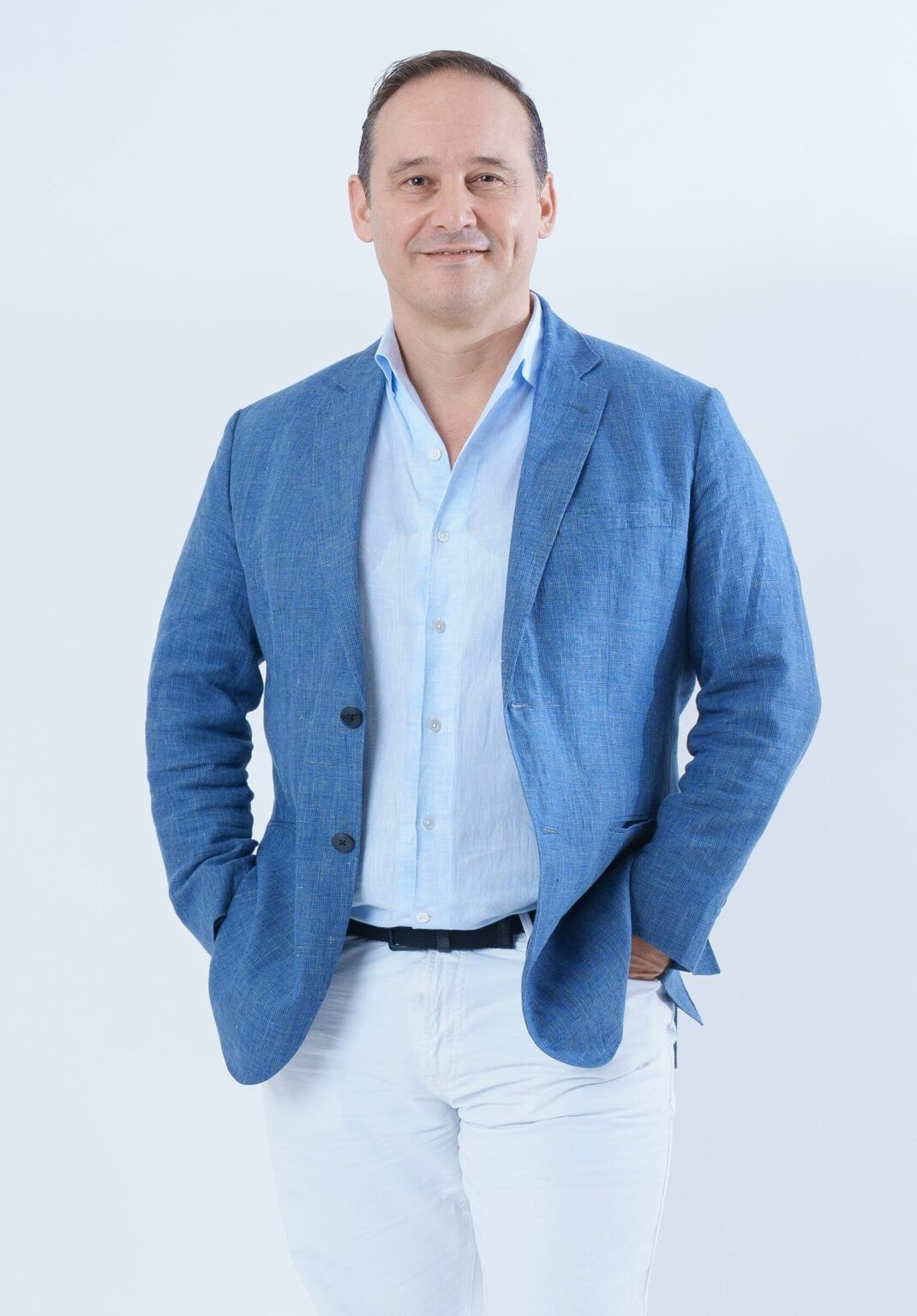Bumrungrad’s approach to healthcare innovation and technology
)
Bumrungrad International Hospital’s Chief Innovation and Technology Officer and Chief Information Officer share their take on what makes a hospital ‘smart’
A well-established player on the global healthcare scene, Bumrungrad International Hospital has consistently ranked as one of the top hospitals in the world. It was the only Thai hospital listed on Newsweek’s Best Smart Hospitals 2024 global rankings.
So what is it doing differently, and what sets it apart?
|
|
For Mr Ignacio Diaz, Chief Information Officer of Bumrungrad, a smart hospital is one that is well-managed – bringing together people, process, and technology elements to achieve the best level of patient safety, patient care and operational efficiency. Bumrungrad’s comprehensive Hospital Information System (HIS) underpins this effort, connecting data from all parts of the hospital – from laboratory, pharmacy, radiology, operating theatres through to billing and discharge – to be easily accessed by clinicians and administrators alike. |
By cutting manual processes and avoiding data siloes, the HIS has led to higher efficiency and patient satisfaction. After its implementation in the late 2000’s and continuous evolution after that, the hospital’s capacity rose from 1,500 patients to 3,500 patients per day, while waiting times were cut from 50 minutes to just around 10-15 minutes.
Data as a key enabler
For Mr Henrik Andersson, the hospital’s Chief Innovation and Technology Officer, there are three perspectives to what defines a smart hospital.
“Firstly, from the patient’s perspective, there is seamless interaction along the entire journey: from the patient contacting us, scheduling an appointment, undergoing procedures, and continuing even after they leave the hospital,” he said.
“From the hospital’s perspective, it’s about connecting our doctors, nurses and all our staff to the information they need, minimising manual tasks and automating where we can.
“Then’s there also clinical innovation, where we look at specific technologies needed by each clinical discipline.”
 Mr Henrik Andersson
Mr Henrik Andersson
The integration of data can extend beyond the hospital, to integration with payers, insurance companies and other external stakeholders, which will boost overall healthcare efficiency, added Mr Diaz.
Nonetheless, Mr Andersson pointed out there is still much that can be done to fully leverage upon the value of medical data.
Though Bumrungrad’s operations are fully digitalised, a lot of data it generates are unstructured data, he pointed out. (It is estimated that 80% of all healthcare data is unstructured, in the form of doctors’ notes and medical images, for instance).
“Making sense of this data will have huge impact for us. We can help doctors understand the patient more holistically and give better recommendations,” he noted.
Structured, accessible data also forms the foundation required for the application of AI, automation, and other forms of advanced technologies, he added.

Keeping the end goals in sharp focus
Aligned with its mission to deliver innovative clinical and service experiences, the hospital is constantly on the lookout for novel ideas or solutions on the horizon. It has invested in cutting-edge technologies such as robotic-assisted surgery and names precision medicine as a focus area.
Indeed, with the rapid rate of technological advancement in healthcare in recent years, the question for healthcare IT leaders is often not whether the technology is available, but whether it is the right fit for the hospital’s needs, said Mr Andersson.
“It’s important for us to know about the developments happening across the landscape, whether blockchain, machine learning or natural language processing. But what’s key for us is whether these technologies are going to help us achieve our goals: better clinical outcomes, better patient experience and better operational efficiency.
“The difficulty here is making good use of all the new ideas available out there, and implementing them into something that contributes to our end goals.”
He pointed to Artificial Intelligence (AI) as one technology that Bumrungrad has successfully implemented across many use cases.
An example is the use of AI in analysis of radiology images, such as mammography and chest X-rays. This has effectively supported staff in identifying anomalies with more accuracy, resulting in shorter waiting times for patients and better outcomes overall.
Robust cybersecurity a must with the rise of AI
Nonetheless, the rapid consumerisation of AI – especially in the wake of the much-hyped ChatGPT – is an increasing security concern for IT leaders.
It is arguably more so for IT leaders in the healthcare industry, as healthcare data is highly sensitive, personal, and extremely valuable.
The continuous enhancement and application of robust cybersecurity guidelines and frameworks is hence a key priority for the hospital this year.
High on the agenda would be strengthening defences against ransomware and data loss prevention measures. These will run alongside staff training sessions on identifying and protecting themselves against cyberthreats.
Mr Andersson is also keeping an eye on developments in quantum computing. There is growing concern that powerful quantum computers of the future may be able to crack current encryption methods. Though such computing power is believed to be years away, leaders do need to start thinking about how the organisation can strengthen its security environment against this imminent threat, for example through post-quantum cryptography and Zero Trust architectures.


 Mr Ignacio Diaz
Mr Ignacio Diaz